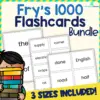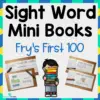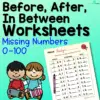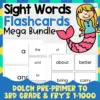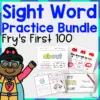The butterfly’s larval stage, the caterpillar, is a fascinating animal that children may find interesting.
This stage in the insect’s life is worth exploring to help children understand the process of transformation that happens for it to become an adult.
Here are ten books that provide interesting facts and a good narrative for children to enjoy about caterpillars.
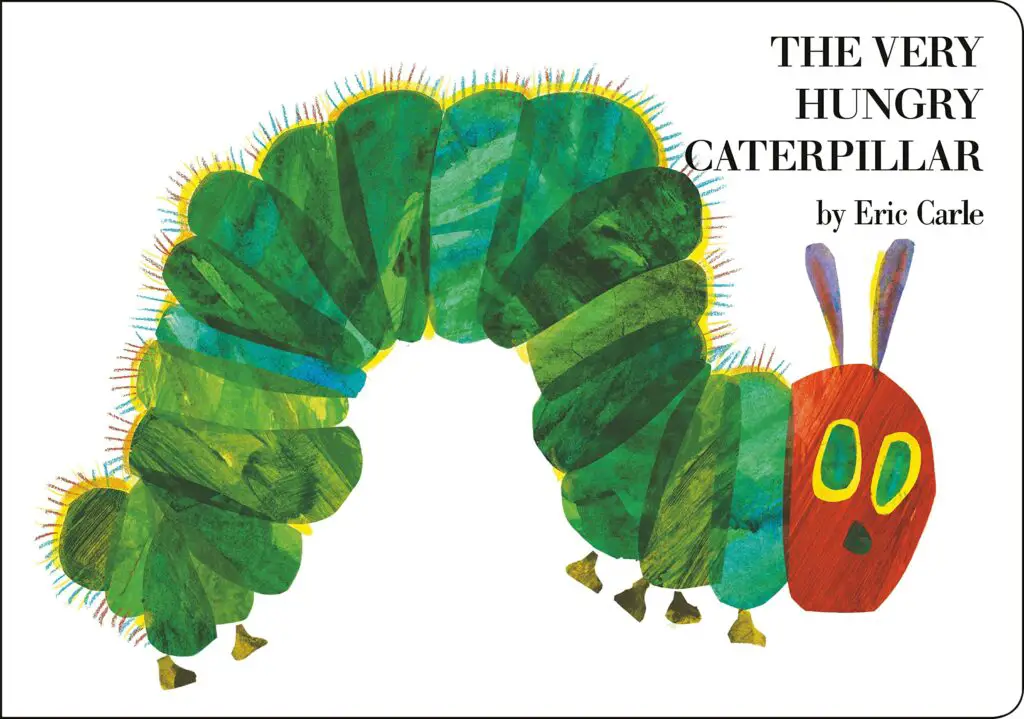
Published more than five decades ago and translated into more than fifty different languages, with numerous awards for its narration and illustration, The Very Hungry Caterpillar by Eric Carle is a classic on its own.
A unique way of presentation, the pages are die cut and some in accordion style; the book’s format provides an interactive activity for children.
It teaches the butterfly’s life cycle by providing an illustration of the scientific process of change that happens. Great for a Science lesson, this book can be used to teach a variety of preschool concepts.
It can teach numbers from one to ten, different colors, days of the week, sizes, and vocabulary words.
Have children name the pictures on the book and count the food the caterpillar ate each day. Children can match the food with the day it was eaten. They can also name the color of the food the caterpillar ate.
Use this book to teach children about Eric Carle’s style of illustration. Paper collages can be created easily by children with proper guidance.
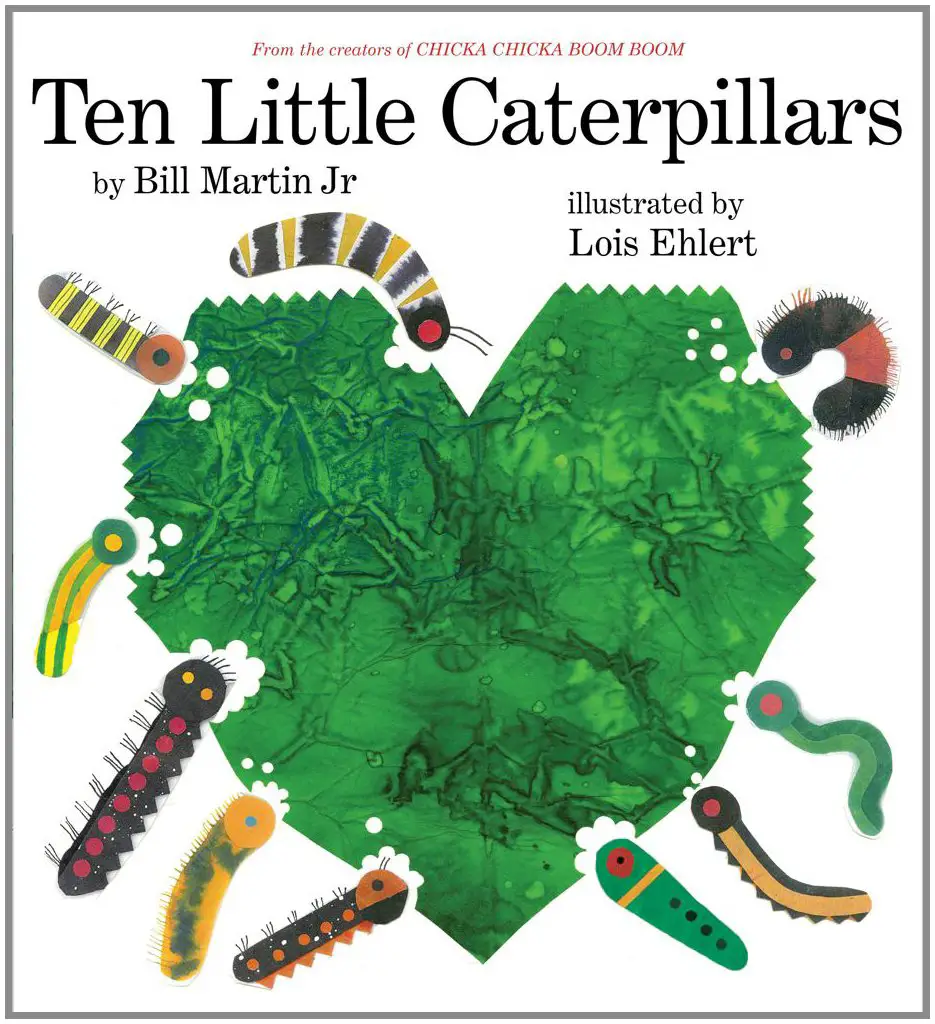
Ten Little Caterpillars by Bill Martin Jr. talks about the adventures of the ten caterpillars as they explore the world. This counting book is a great read for young children to teach about the concept of metamorphosis.
If possible, use videos or pictures of children showing the caterpillar’s transformation into a butterfly.
Discuss scientific facts, such as the preparation the caterpillar has to make before entering the chrysalis and the time it takes to turn into an adult.
Use this book to teach children counting skills. Help children develop their oral language skills by asking them to describe each of the insects. Use words that describe the color, size, and shape. Mention the unique features of each one.
This is also a great opportunity to discuss the caterpillar’s anatomy. Show children pictures and focus on insects’ basic body parts and functions. These are the head, thorax, and abdomen.
Emphasize that all insects have these unique body parts. If possible, place a picture of a butterfly and a caterpillar for children to compare these parts. Point out that even after the caterpillar’s metamorphosis, the body parts are still the same.
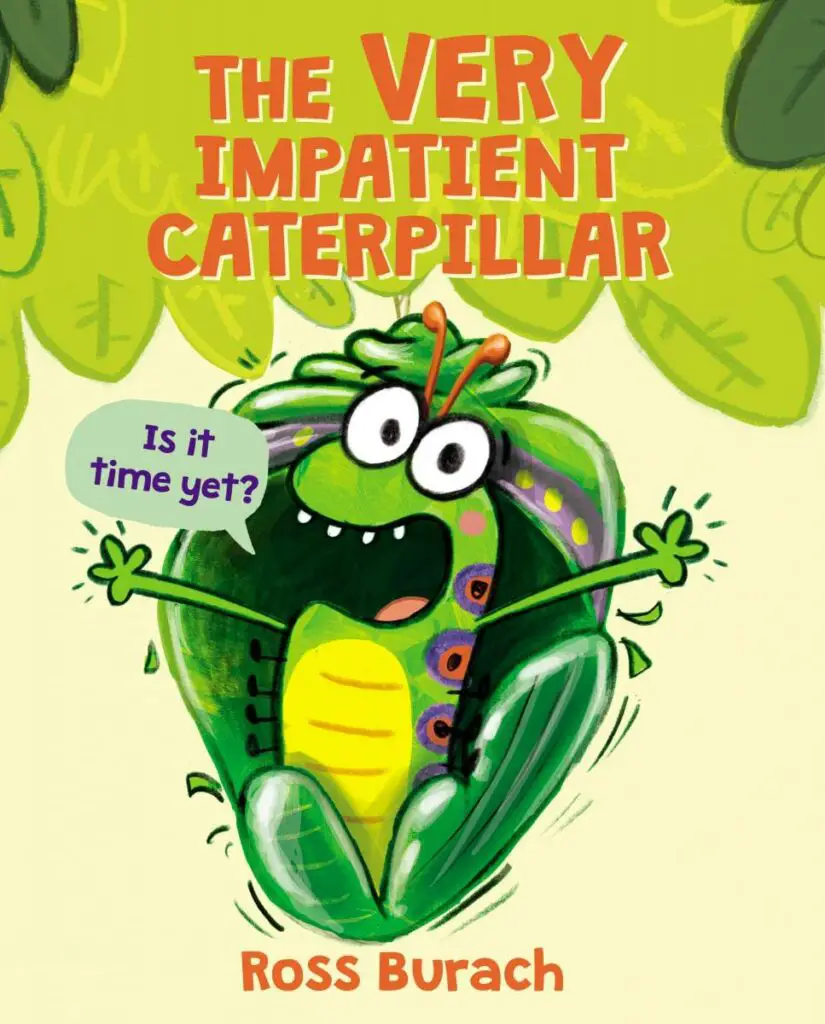
A hilarious story of a caterpillar who could not wait long enough to transform explains to children that the metamorphosis will take some time.
The Very Impatient Caterpillar by Ross Burach is a fun and simple way of explaining this process. This story is perfect for teaching children the science behind the transformation that insects, including butterflies, undergo.
Use videos for children to see and understand the process in real life. Include activities that simulate the process. Do this by wrapping children in tissue paper or a blanket. Being wrapped provides a sensory experience for children.
Count up to fourteen before unwrapping the children since a caterpillar in a chrysalis will take about two weeks or more to transform. This step is good practice for children’s counting skills.
Once the simulation is over, use this opportunity to discuss the children’s experience. This is a great way to teach social-emotional learning. Ask children what they felt inside the blanket, if they felt impatient or not, and their thoughts while waiting.
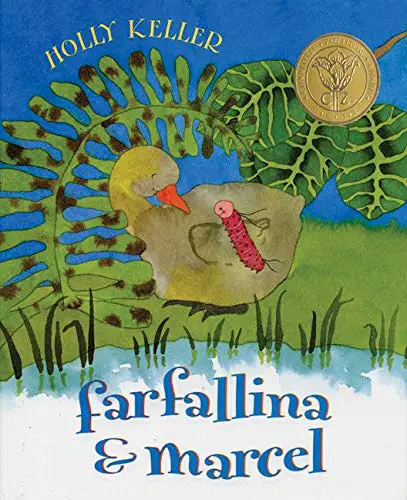
Farfallina & Marcel by Holly Keller is a beautiful story about an unlikely friendship between a gosling and a caterpillar. Farfallina, the caterpillar, and Marcel, the gosling, met one rainy day.
They soon became friends, playing together and exploring the pond. However, one day, Farfallina needed to take a break from playing and headed to the tree to transform. Marcel got tired of waiting and soon wandered off.
This is a wonderful book for teaching story structure to children. Focus on naming the characters in the story, the setting, the problem, and the solution.
Ask children questions about the story structure. For example, say, “Where do you think the story happened? Did it happen in a castle or a mall?”
If children cannot remember the answer, show the page on the picture for them to get a visual clue. This activity will help children improve their working memory and oral language skills.
In the story, both characters had noticeable changes, which made them unrecognizable to each other. Ask children about the changes that happened to them growing up.
The changes could be as simple as hair length or even a more obvious skill like learning to swim. This activity teaches children about self-awareness.
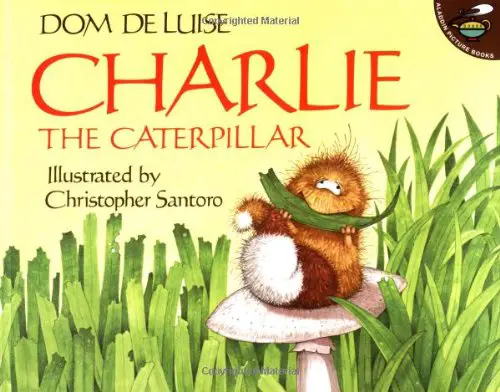
Charlie, the Caterpillar by Dom De Luise tells the story of a sad caterpillar nobody would like to play with because he was deemed ugly. In the end, upon transforming into a butterfly, he found another caterpillar he befriended.
Sometimes children tend to value appearances. This story can teach children about character and social-emotional learning. Help children improve their self-esteem by providing activities that promote positivity.
Take turns saying a compliment to one another during circle time. Have one child say one good thing to another. For example, a child may say, “Your curly hair looks really good on you!”
Do this until everyone receives a compliment. Next, children can take turns complimenting themselves. A child may say, “I like my curly hair!” Doing this will help children feel comfortable with themselves and build confidence.
Role-playing is another terrific activity for children to understand the impact of discrimination and prejudices. Have children take turns playing the Charlie from the book while the others will refuse to play with him.
Later, ask the children how they felt when they were rejected. This will help children gain empathy and awareness.
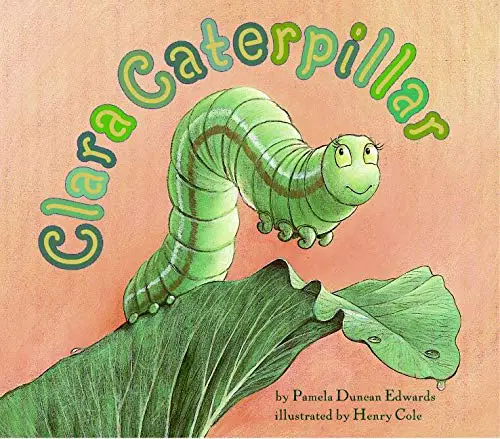
Like a treasure chest, Clara Caterpillar by Pamela Duncan Edwards is full of words that begin with the letter C aside from caterpillar. Teach children this letter and its beginning sound with some chosen words from the book to increase their vocabulary.
Use pictures or plastic toys of vegetables such as cabbage, cauliflower, and carrot. Do the same for the animals, such as caterpillars, chrysalis, and crow.
List the characters’ names, such as Clara, Cornelius, and Catisha. Ask the children if anyone in the class has a name that begins with the letter C. If none, let them think of at least one.
Next, teach children that colors can have other names depending on the shade. For example, in the book, crimson and copper are used to describe different shades of red. Show children pictures or real-life examples of these colors.
Teach children action words that begin with the letter C. Choose words that are easy to act and mimic, such as climb, crawl, cuddle, capture, cock the head, close, and catch.
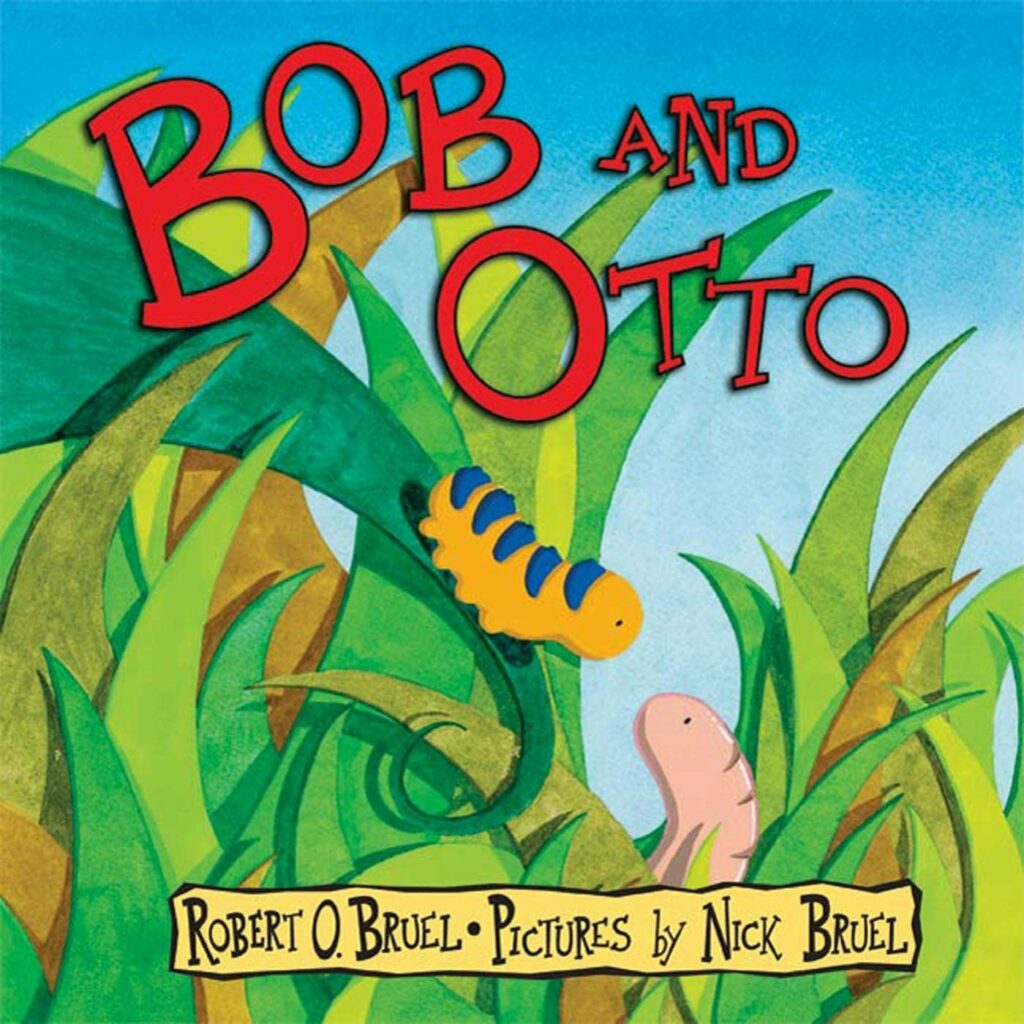
Some animals may look alike, but they are not the same. That is the idea presented in the book Bob and Otto by Robert O. Bruel. The story tells of two friends, a caterpillar named Bob and a worm named Otto.
Both animals started spending time together on the ground during spring, playing and exploring. However, things took a turn when Bob felt the need to go up the tree. Otto argued, but Bob heeded his instinct.
As Bob climbed up, Otto dug down. In the end, both animals met again and continued being friends despite being apart for some time.
This story is a great jump-off point in teaching similarities and differences. Great as a science and language lesson, let children compare these animals. Discuss their appearance, food, behavior, and habitat.
Possible answers are: Both animals crawl on the ground. The caterpillar has legs, while the worm has none. The caterpillar transforms while the worm does not.
Use charts such as a Venn diagram if necessary. Instead of words, use pictures for young children. Show videos about each of these animals so that children can relate to them in real life.
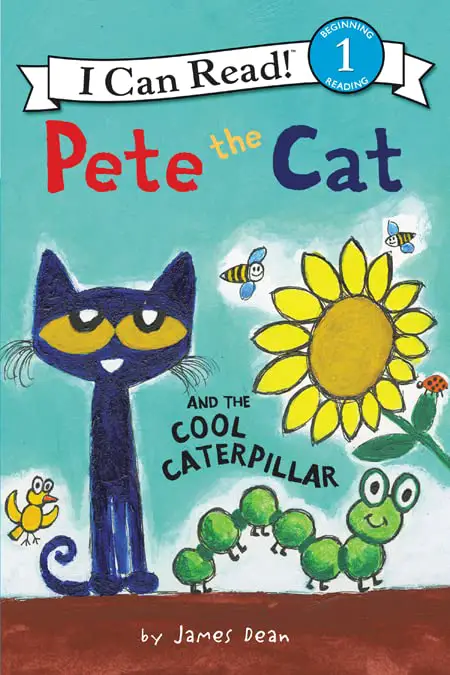
Pete the Cat witnessed a caterpillar transform into a butterfly in the book Pete the Cat and the Cool Caterpillar by James Dean. Pete and his friends went on a bug safari to look for different bugs.
They saw an ant building an anthill, a nine-spotted red ladybug, a big black spider that caught a fly, and a green caterpillar. Pete decided to take the caterpillar home.
With his parents’ help, they made a jar to house the caterpillar. Pete fed and cared for it until it became a chrysalis and butterfly.
This story is great for a science lesson to teach the butterfly’s life cycle. Use pictures and videos to show how the caterpillar transforms into a butterfly. Sequencing events is an important skill for children to learn.
In a separate activity, discuss how some bugs are not insects for children to learn about categories. Spiders, worms, and centipedes do not belong in the group of insects. Grouping according to categories will help children improve their cognitive skills.
Use plastic animals or pictures for children to separate them into groups.
Explain apparent characteristics of insects that make them unique from other bugs, such as having six legs and three segmented body parts.
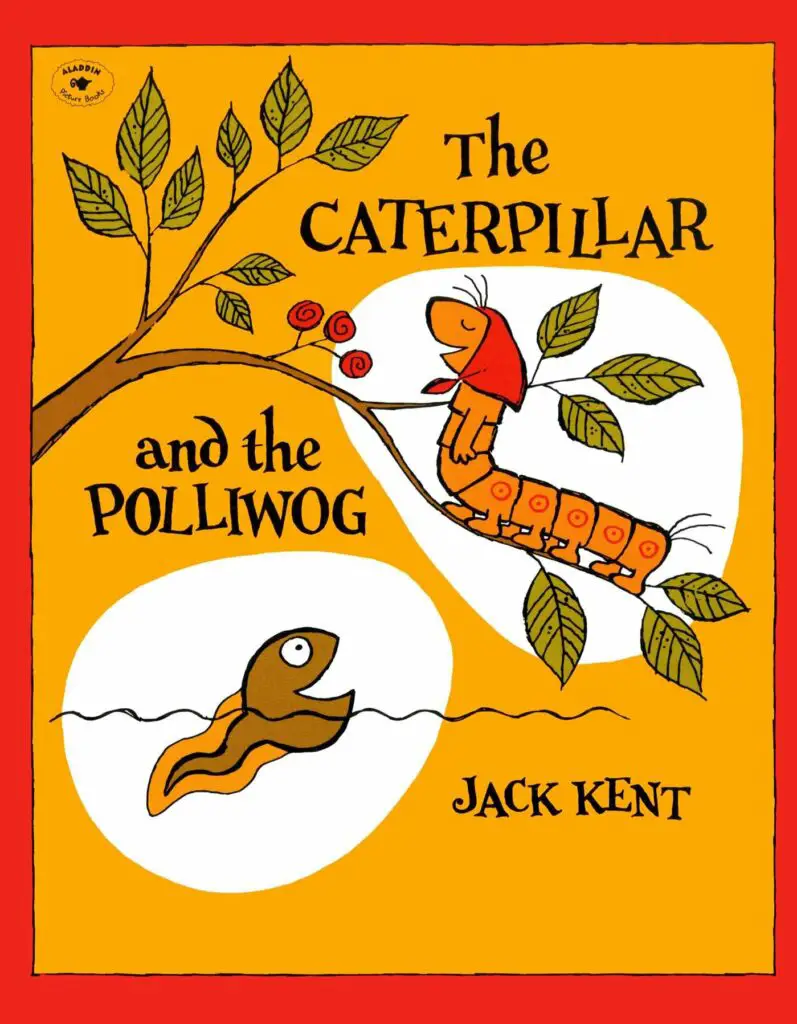
The Caterpillar and the Polliwog by Jack Kent tells an amusing story about a caterpillar telling everyone it meets that it will turn into something else. Excited by what was heard, the polliwog also wanted to transform into a butterfly.
Not knowing that polliwogs turn into frogs, it watched the caterpillar form its chrysalis. The polliwog waited patiently for the caterpillar to transform into a butterfly. It was hoping that by watching, it could mimic the caterpillar’s transformation.
Once the butterfly emerged from the cocoon, it was greeted by a gleeful frog who realized it had also transformed from its polliwog stage.
This book is a great tool for a science and language lesson. Help children compare these two animals. Show the life cycle of both animals and let children compare them.
Discuss their similarities and differences, behavior, habitat, and food. Extend this activity by showing other animals that transform, such as ladybugs and salamanders. The ability to compare based on attributes promotes higher-order thinking skills.
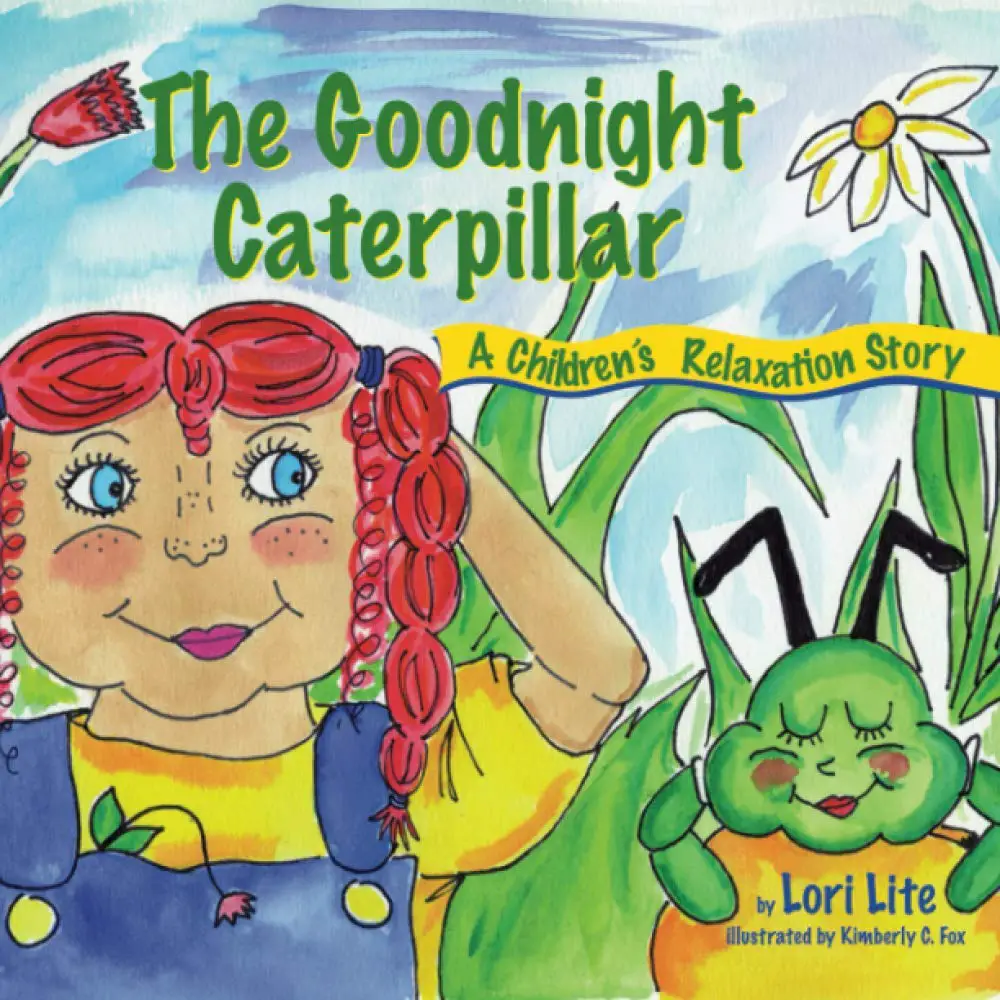
A stressed-out caterpillar learned to relax in the book The Goodnight Caterpillar by Lori Lite. A caterpillar in a hurry to find food met a girl who taught it to slow down and relax.
As the caterpillar followed the soothing sound of the girl’s voice, it recovered and saw things from a different perspective.
This book can be used to teach children relaxation methods for better mental health. Provide a calming corner in the classroom filled with soothing things, such as stuffed toys, pillows, and other furnishings.
Use child-sized furniture such as a rocking chair or bean bag chairs if possible. Providing this area will help children learn to manage their emotions caused by stress or overstimulation.
Relaxing brain breaks can also help children calm down and de-escalate high emotions. Prepare relaxing music for children to listen to or encourage them to participate in breathing activities.
Give sensory materials that children can play with to calm them down. These include slime, playdough, sand, and sensory bottles. Working with these materials will provide a sensory experience and a calming effect on children.
Conclusion
Children find the life cycle of the butterfly interesting. Its transformation from a caterpillar into a butterfly is a fascinating event. Use these books to teach children different skills that will help children increase their knowledge of Science.
Use the narratives in the stories to discuss valuable lessons that will help them learn empathy and kindness.
Thank you for reading!
More fun and engaging activities:


